A few weeks ago, I was nervous about entering a room with seven new people with whom I would spend four-plus hours for several months. Now, I look forward to the sessions and cannot wait to meet with my fellow classmates, Dr. Purdy, and Dr. Gardiner because science is, in fact, fun. 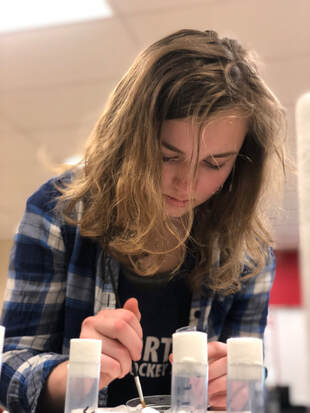 Hey, y’all! I cannot believe we are already beginning week six; it’s true that time really does fly when you are having fun (and working with fruit flies). Throughout the past few weeks, I have been busy completing my preliminary experiment which tested the effects of St. John’s Wort and head trauma on fruit fly activity. To measure their activity levels, I used the negative geotaxis assay which measured the height flies moved in ten-second intervals. Flies that reached the top portion of the vial were deemed more active and healthy, and, after my first trial, I found that flies exposed to both head trauma and St. John’s Wort had the highest activity rate, but more trials would be needed to verify these results. I have had the great pleasure of not only being able to experiment with fruit flies but also meeting new friends along the way. A few weeks ago, I was nervous about entering a room with seven new people with whom I would spend four-plus hours for several months. Now, I look forward to the sessions and cannot wait to meet with my fellow classmates, Dr. Purdy, and Dr. Gardiner because science is, in fact, fun. 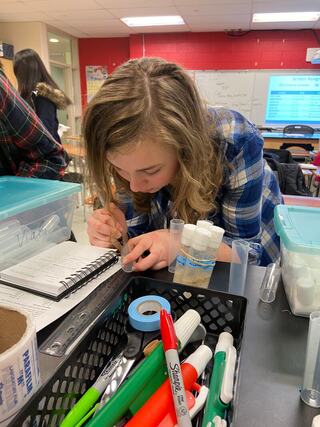 We have finally reached the point in our TRIP adventure where it is time to work on individual projects. Although I had no idea what I wanted to test when I first entered the program, I have decided to ask the question, “how does exposure to different light frequencies affect the rate of concussion recovery?” Sticking with the theme of head trauma, I chose this topic because I have had a lot of concussions and most doctors have told me to avoid using technology because of how the light coming off of the screens can disrupt sleep. However, certain research studies have shown that varied frequencies of light can induce sleep. With this in mind, I want to know if certain light frequencies can help to readjust concussed fruit flies back to their normal circadian rhythm, allowing for a quicker recovery. Since I cannot use normal concussion testing on fruit flies, I plan to use the light response assay which will measure flies’ ability to respond to stimuli as well as their activity levels, which are both responses impaired by concussions. I cannot wait to begin testing and to update the TRIP community on my results!
0 Comments
In the past two weeks, I have also been working on planning my independent research project. Initially, I decided that I wanted to study the effects that UV radiation and ginkgo biloba had on the occurrence of dementia-related diseases on both parental and offspring generations. My interest in dementia particularly stemmed from past personal experiences and also my profound interest in the field of neurology. Additionally, there is not a lot of conclusive research that can be found currently on the subject. However, seeing that UV radiation can affect more than just the brain and that it would be particularly difficult to consider and pinpoint the side effects that it may have on the fly. I decided to stick with another project that I was also equally interested in which was investigating the effects of vitamin B6 and overcrowding on the microbiome. Again, my love for neurology and also the enteric nervous system really piqued my interest in studying the composition and density of the microbiome. Did you know that the gut acts like your second brain? The composition of the gut microbiome can have a profound impact on how one feels and behaves. Just like the research on dementia, there isn’t much information that can be found on this relationship and the chemistry behind it. Through my research, I hope to investigate this further. After exposing flies to my stressor (overcrowding) and drug (Vitamin B6), I will analyze the bacterial and chemical content of their microbiomes. Later on, I hope to take this further by using PCR, identifying the specific bacteria present. After completing my experimental plan, I worked along with Dr. Gardiner and a few other of my classmates to finalize it. They each provided me with some very helpful constructive criticism that I believe will better my experiment. This week, I will be sorting flies (something I definitely feel more comfortable doing now) and doing some final preparations in order to move on with my research. Overall, these past couple of weeks have been absolutely amazing and I am so excited to work on my independent research project as well as continue my journey with TRIP!
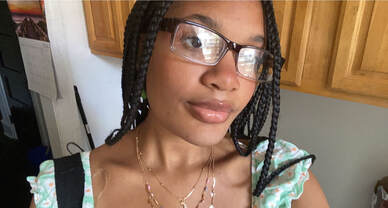 Hello everybody! As of now I have completed 5 weeks of TRIP and it has been truly amazing. In these couple of weeks, I’ve made so many new friends and I look forward to learning and growing with them. It is so cool to be around people who have the same interests as me and I have been able to learn so much from them. However, my true besties are the FLIES! Anyone who knows me personally knows that I am not an insect lover, so I never expected myself to get used to them so quickly. I remember the first day we worked with them and by the end of our 4 hours, I felt like they were crawling all over me, but now, after working with them for a couple of weeks, I’ve grown used to them and have begun to see how cool they actually are. 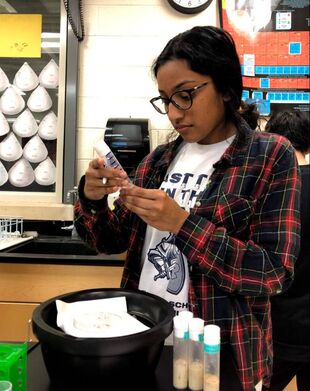 This past Saturday, we started planning out our independent projects and it just made me realize that time is flying (pun not intended) by. I came in wanting to do a project relating to study drugs, like Adderall, and with the help of Dr. Gardiner and my peers, I was able to refine this idea to make it more interesting and unique to me. The question that I have decided to pursue is “Can Vitamin B12 help enhance memory? Additionally, can being more relaxed further help with learning and memorization?” 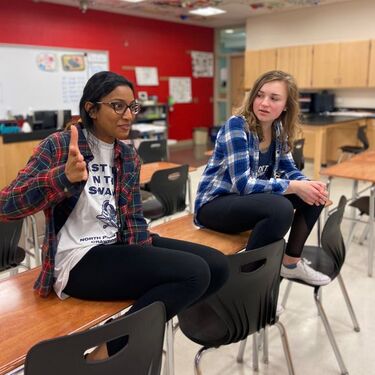 The reason I decided to choose Vitamin B12 is because it is in foods that I consume everyday, like fish, meat, eggs, and breakfast cereals. Because Vitamin B12 is such an essential part of my diet, and it is claimed to have effects on memory and cognition, I wanted to see if this supplement could truly help me in terms of memorization. In addition to that, as a student who takes high level courses, I always feel the pressure of school and grades. School and testing requires a lot of memorization and deep learning, and this kind of pressure causes a lot of stress. I’ve noticed that when I’m stressed and panicked, no matter how much I study and memorize, I don’t perform to the best of my ability which led me to my second question about relaxation and if that could also help with memory. I’m very excited to begin my journey with this topic and I hope I can obtain some meaningful answers to my question. Anyways, that’s it for now…..signing out! As the halfway mark for the program is creeping up on us, we have all begun to brainstorm and plan out our long awaited independent projects! Over the past few weeks, we’ve built up our skills in order to prepare for our independent projects, by continuing to observe and collect developmental data from the flies in our screen projects. Although I’m still a little slow at counting pupae and pupal cases, identifying empty cases has become much easier and I no longer feel as guilty disposing of the adult flies every week. We have also gotten exposure to graphical abstracts and critiques on our presentation skills to prepare us for the final presentation on our independent projects.
In my independent project, I will be using the social space assay and righting assay to observe the fly’s behavior when intoxicated and exposed to the stressor of overcrowding. The social space assay will be used as a baseline to see that overcrowding causes stress on the flies. The righting assay looks at how long it takes for the flies to correct their behavior. By comparing the time it takes for the flies exposed to the stressor of overcrowding versus those that were placed in a normal vial, I hope to find a connection between the two. I hypothesize that the flies exposed to the stressor will take longer to right themselves compared to the flies that were placed in normal vials. Although I couldn’t go through with my original plan, I’m excited for my independent project as it has become more personal since it relates back to Philly. I hope to pursue a career in the future where I can make Philadelphia a better city, even if it’s just through something small. I feel like my project is a small step towards this future career that I hope to achieve!
Every week I feel like I am making small improvements and walk away feeling more confident then when I walked in.
Everything that I’ve been taught in the prior weeks has been to prepare for...MY INDEPENDENT PROJECT!!! I’m very excited to work on my independent experiment, and apply everything I’ve learned in my own way. For my independent project I will be testing the effects of isolation on mood and observing the effects with and without medication. To do this I will isolate flies with and without exposure to anxiety medication and put them in social environments to see how they react to the medication/ interact with other flies. I want to test the effects of isolation on mood to see if how an isolated fly compares to a social fly and if medication can help with the anxiety of going from constant isolation to socializing. I have always been very anxious and introverted but I after years of working on my anxiety I’ve found that medication helps a lot, I think it would be interesting to see if medication will positively impact stress. I can’t wait to see how it goes these next few weeks!
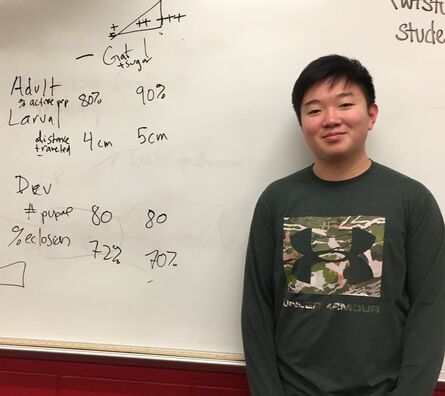 In the beginning of the program, the idea of having autonomy in creating my own independent project and experimenting with it seemed really exciting to me. Now, along with excitement, I feel a sense of confusion. Especially last week, I was feeling slight frustration with my project because I couldn’t even think of a single idea that was both feasible and piqued my interest. After drafting my project with Dr. Gardiner last week, I changed it AGAIN because I just wasn’t very interested in what I was going to do. Now, I’ve found an idea that’s interesting and possible for me to do in the given time frame. 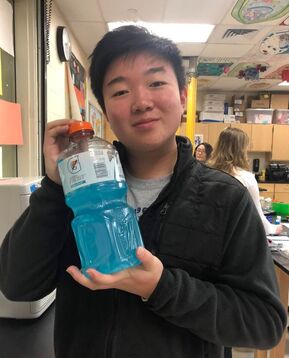 As an athlete, I drink a lot of Gatorade because it supposedly replenishes your body to make you perform better and exhibit more movement and higher levels of activity. Though this may be true, I am curious about the effect that drinking different amounts of the sports drink would have on my performance. Also, I will most likely play sports as an adult, so I was wondering whether there would be different effects based on age. Thus, I will hopefully be testing the effect of the amount of Gatorade consumed on movement/activity and whether or not there’s a different effect based on age. I’m actually excited for this project so let’s hope all goes well!
I’m also excited to share my independent project! Narrowing down an idea was hard; I wanted to test all sorts of drugs and do all the different assays. In the end, I decided to study if ginger counters the effects that sugar has on anxiety and microbiome density. Sugar is known to increase anxiety and decrease microbiome density. I have seen these results in my diabetic grandpa and I began to wonder what drugs could counter the effects that sugar has. Since ginger is practically found in every Indian dish and is known to be an important aspect of a diet for a diabetic person, I decided it would be a good drug to test. I predict that ginger will help reduce the impact of sugar, but the effects of sugar will not completely vanish. Additionally, I plan to test if my findings are maintained in offspring. As diabetes is a genetic condition, I am curious to see if it gets worse as it passes on. I don’t think that there should be much difference between parent and offspring, but maybe I’ll find something different! I can’t wait to see what I will learn from my independent project!
|
Archives
April 2024
Categories
All
|
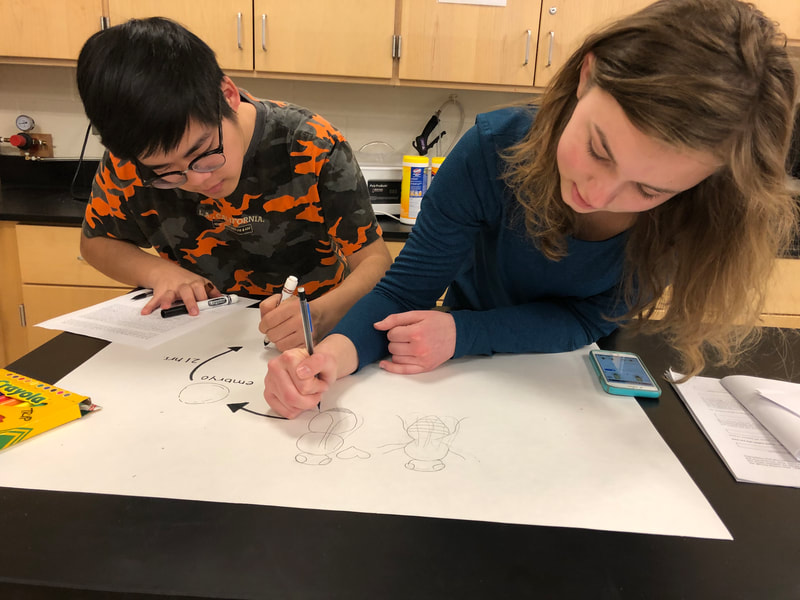
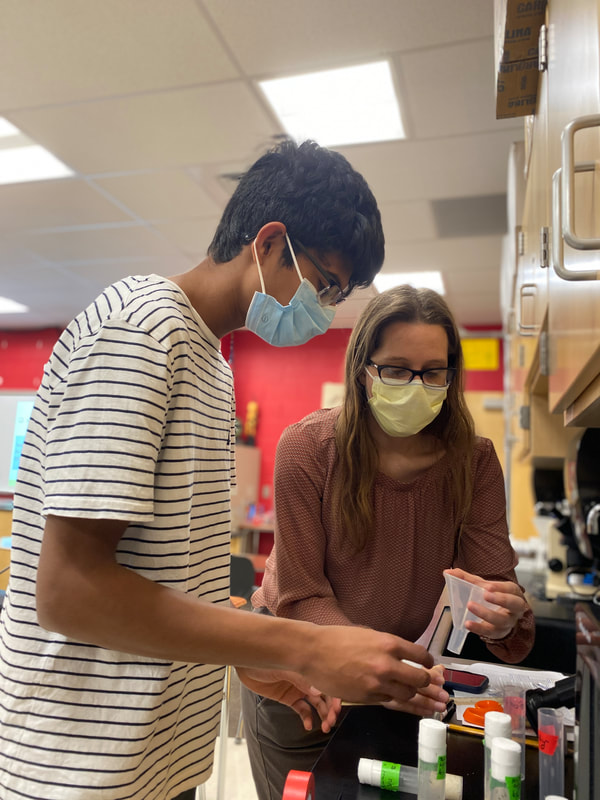
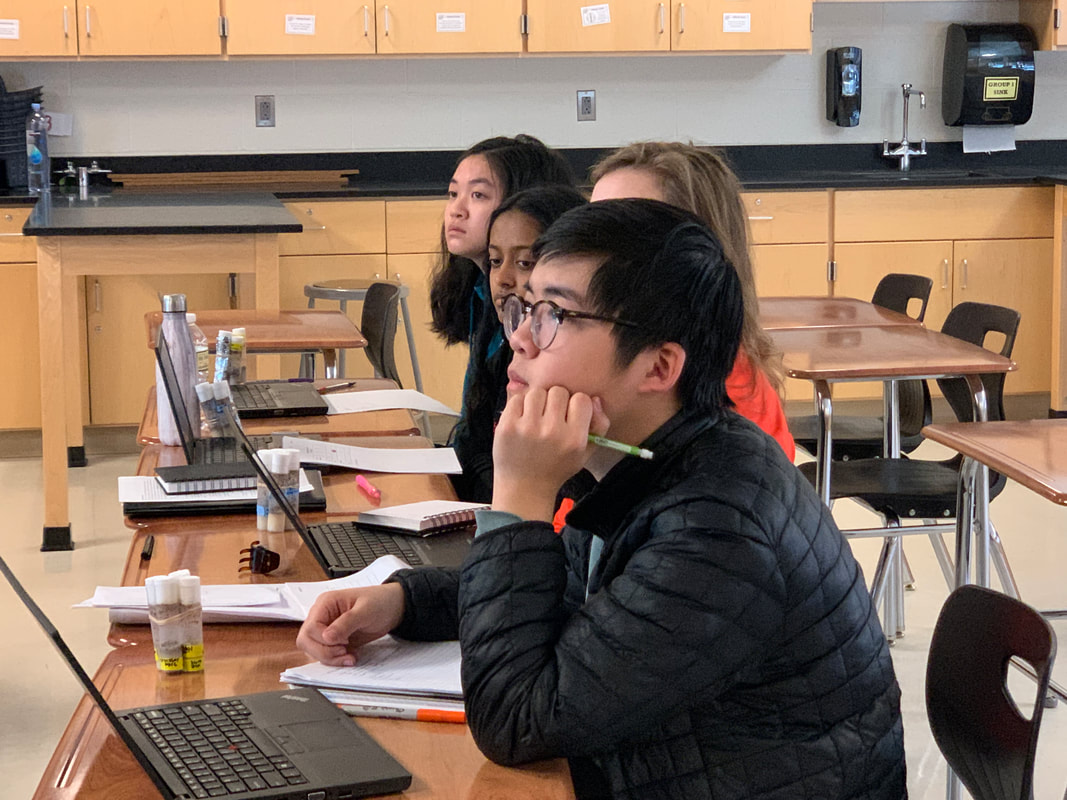
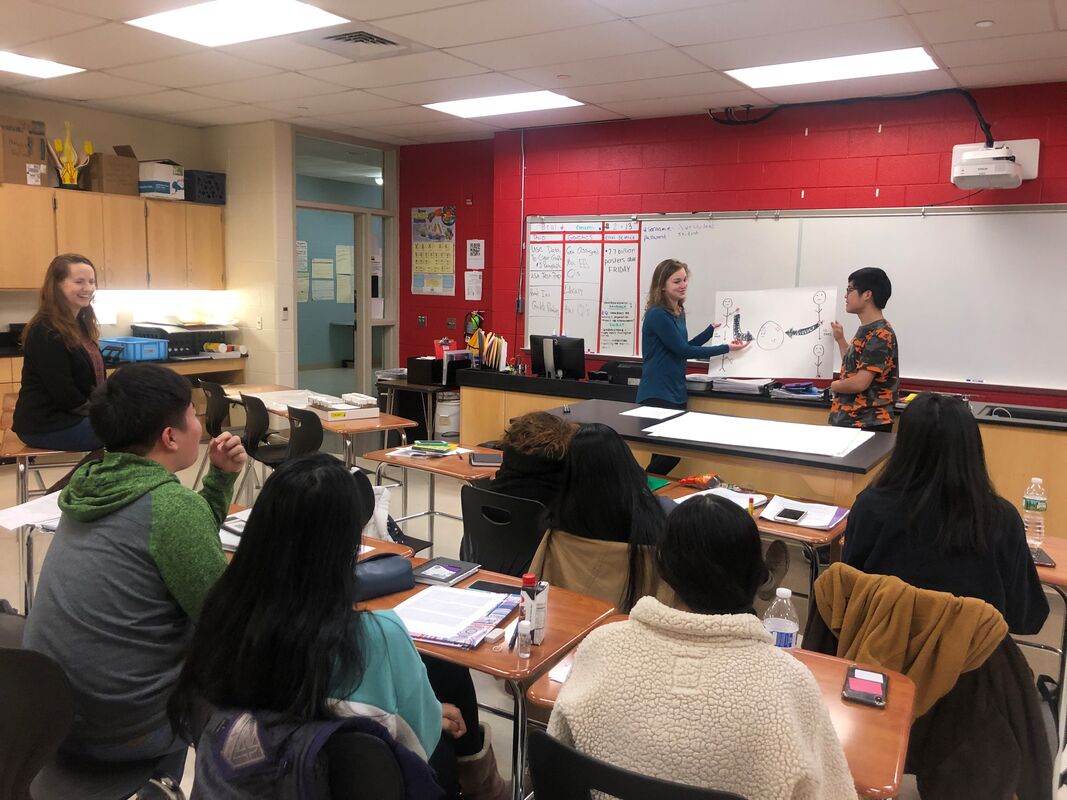
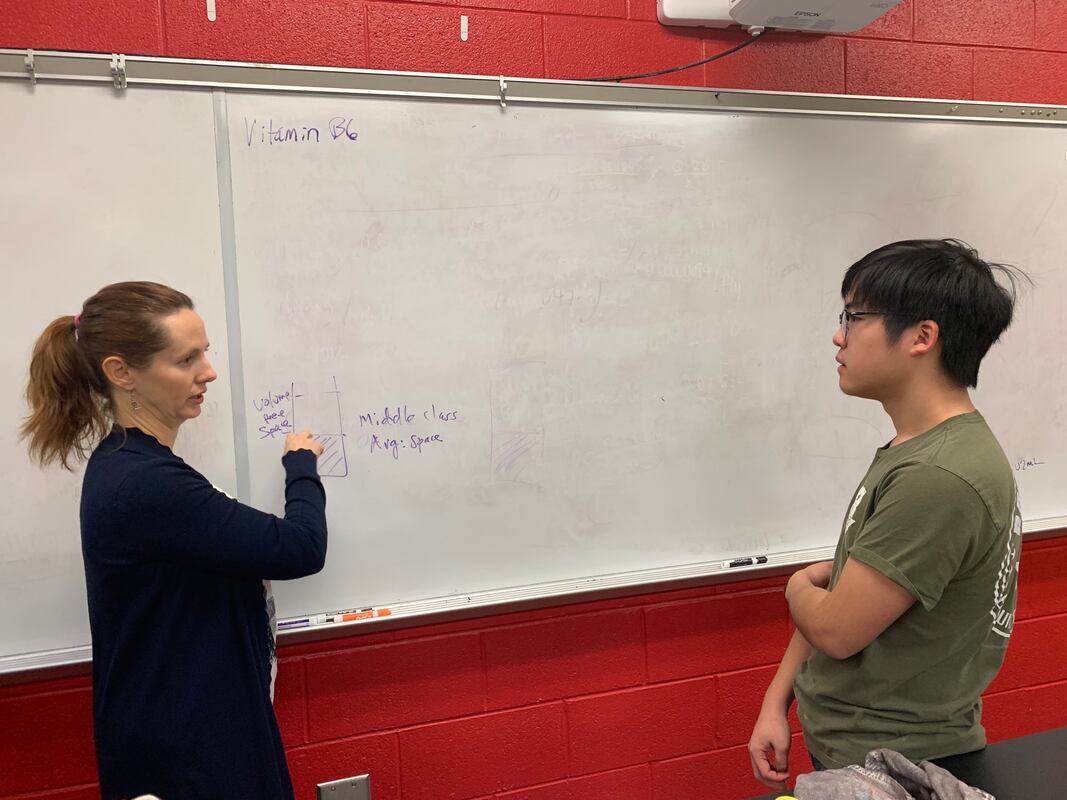
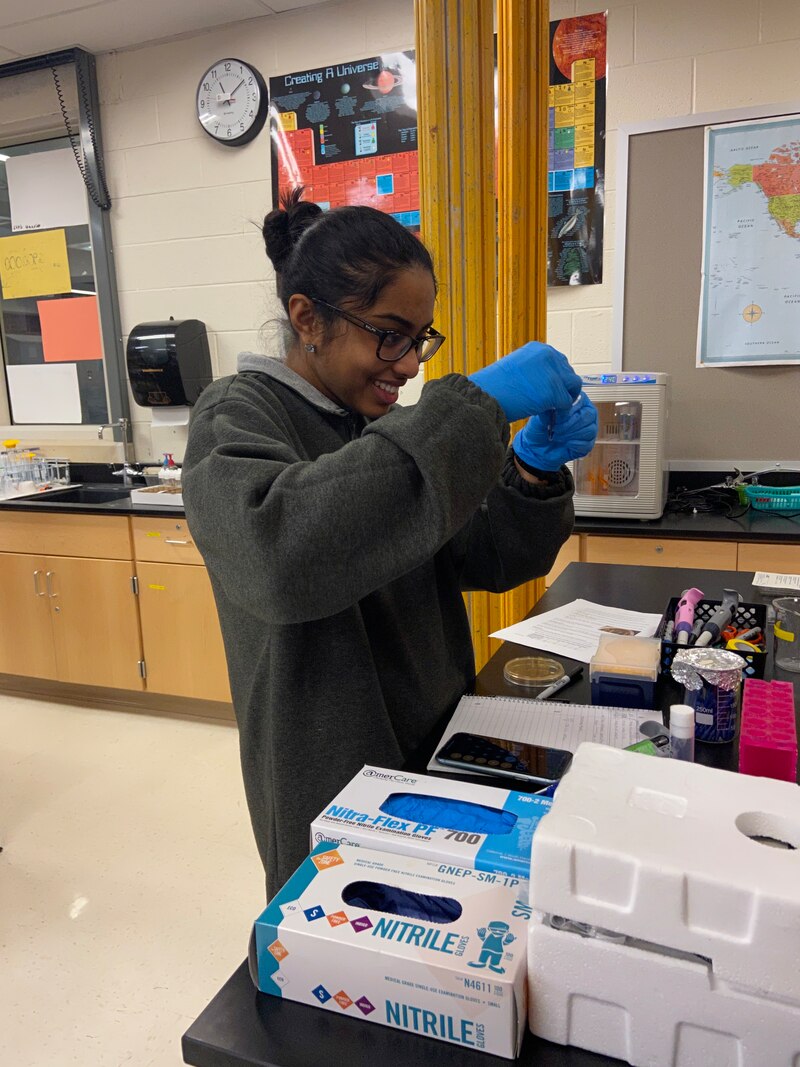
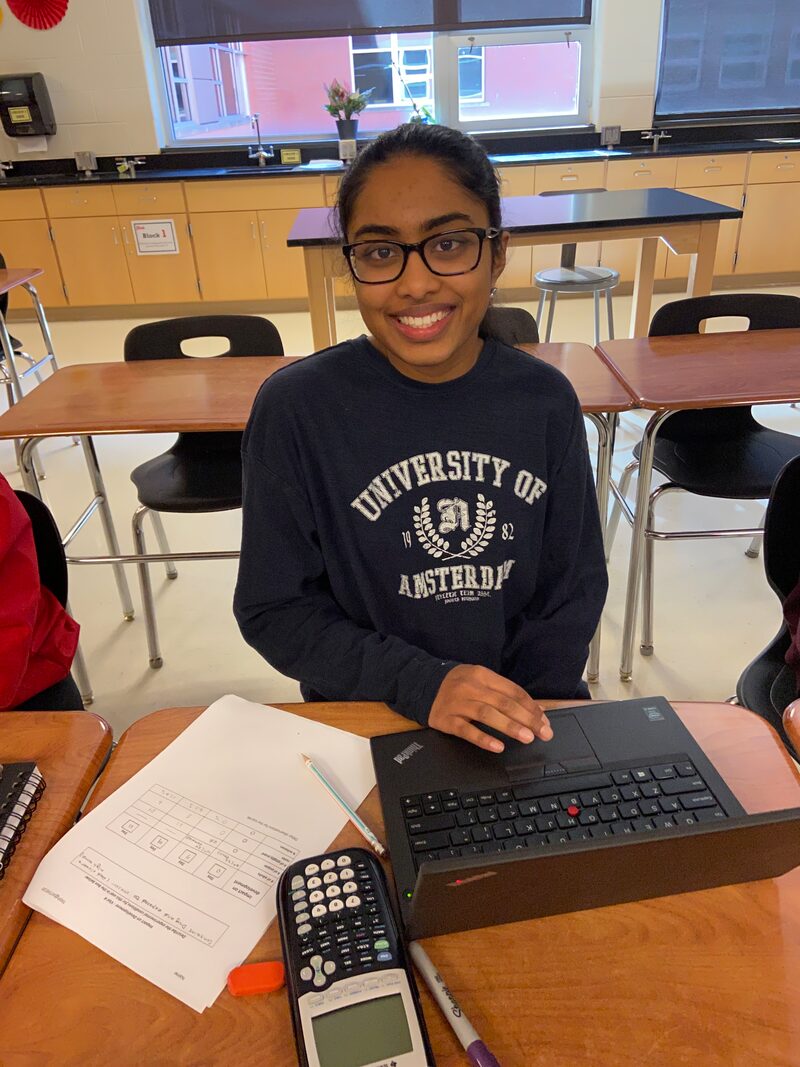
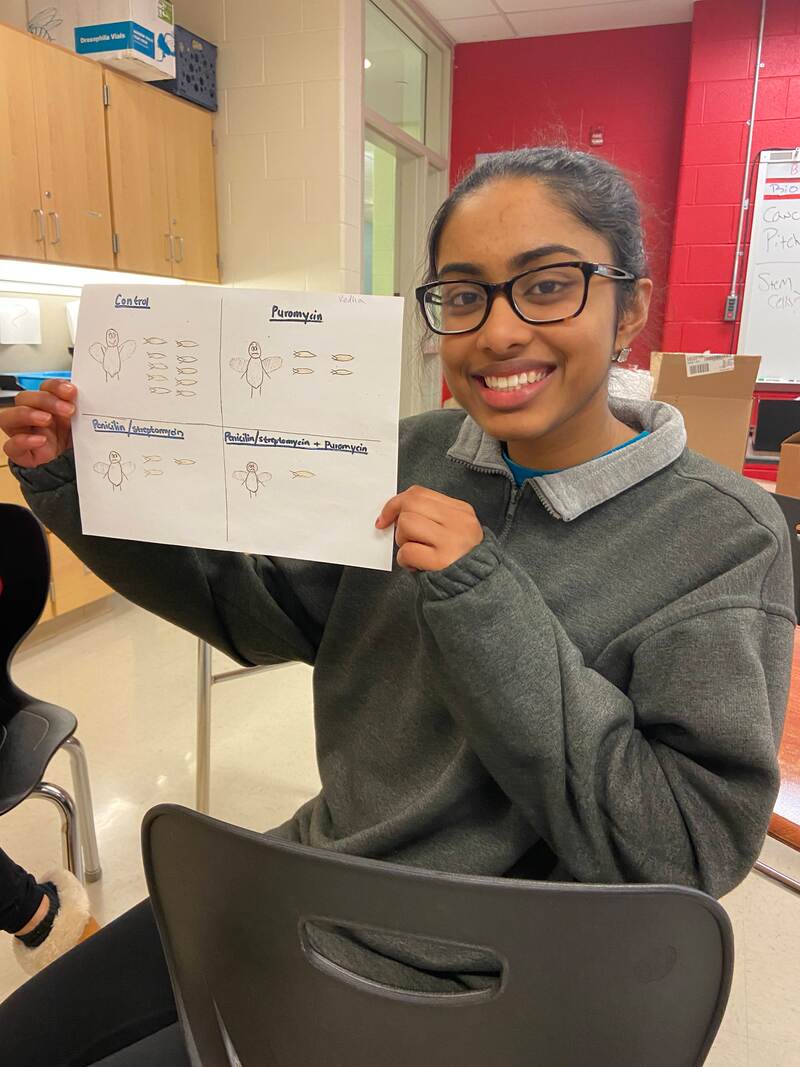
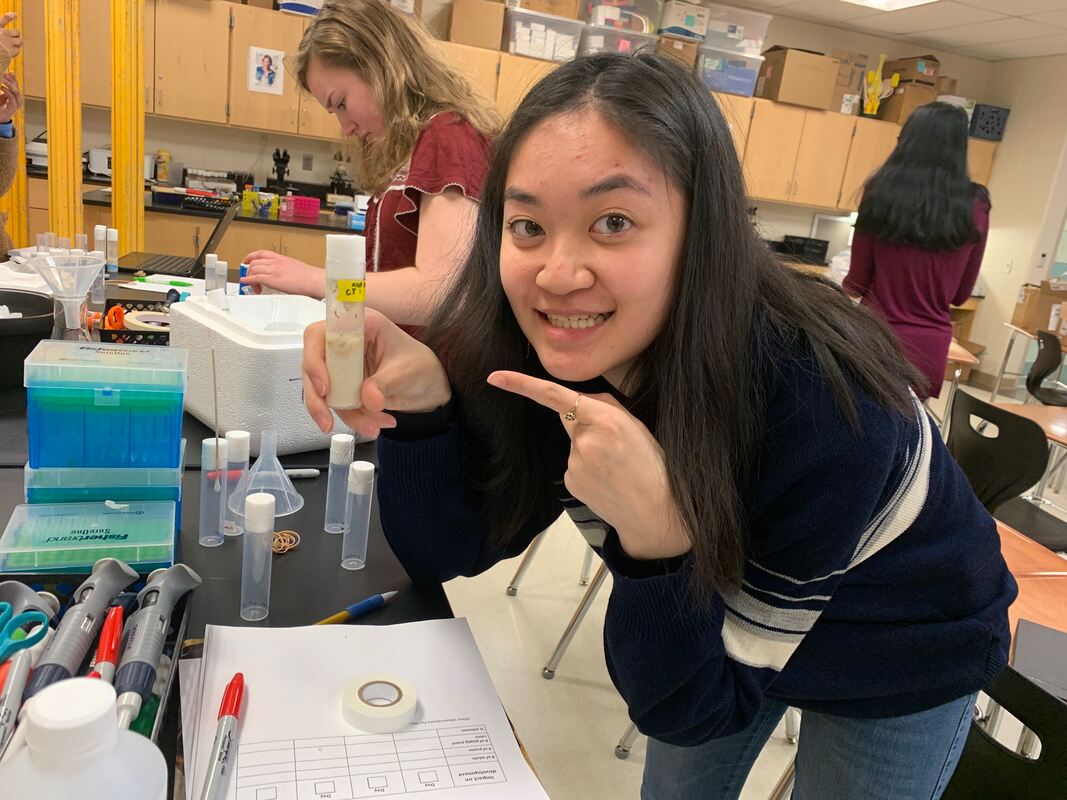
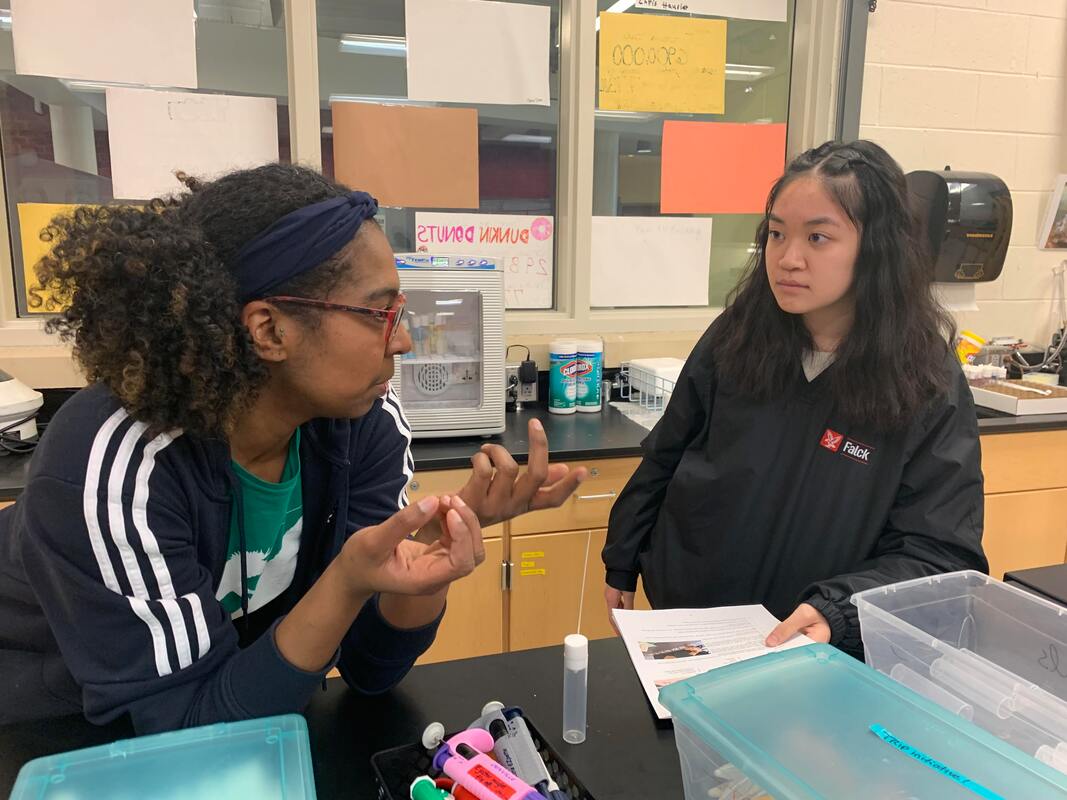
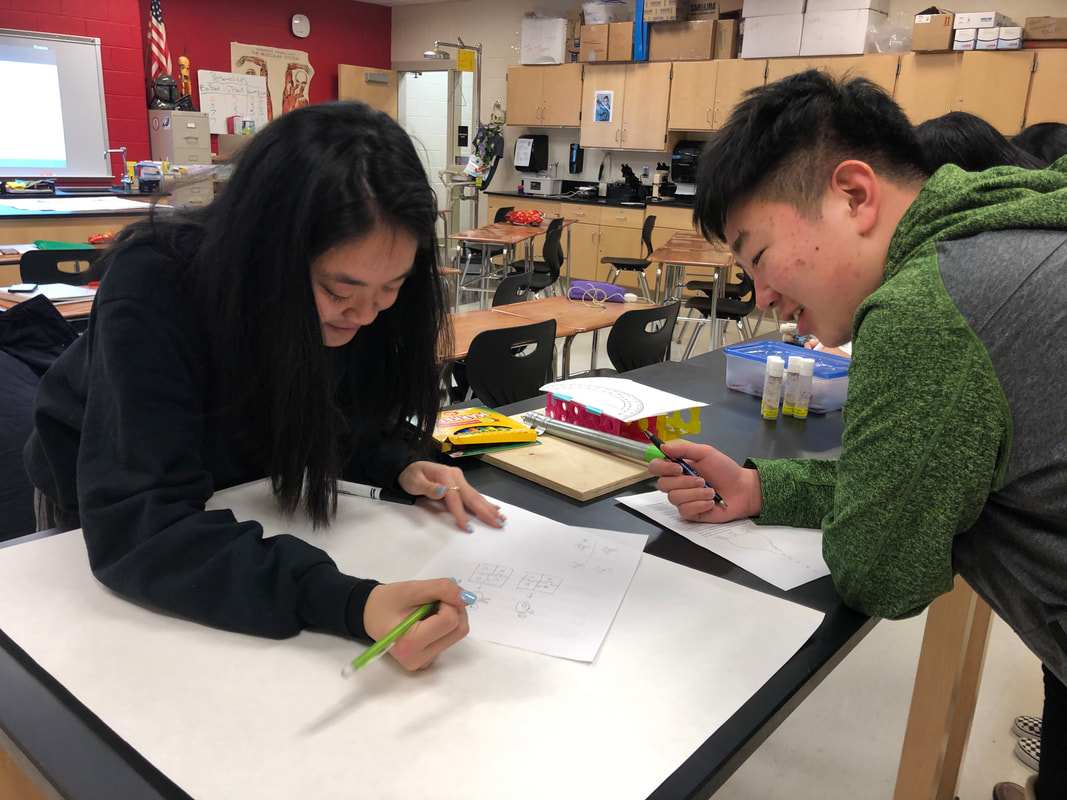
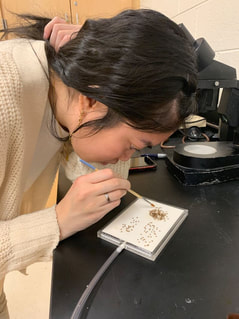
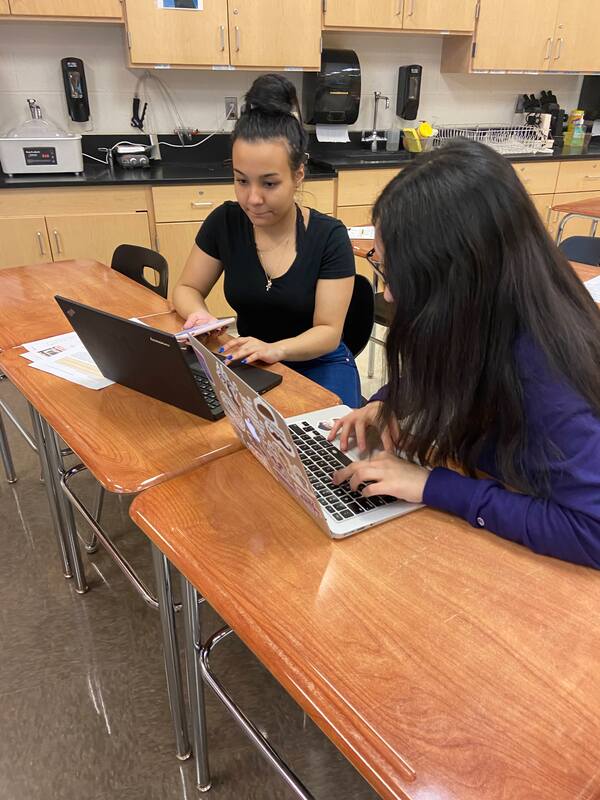
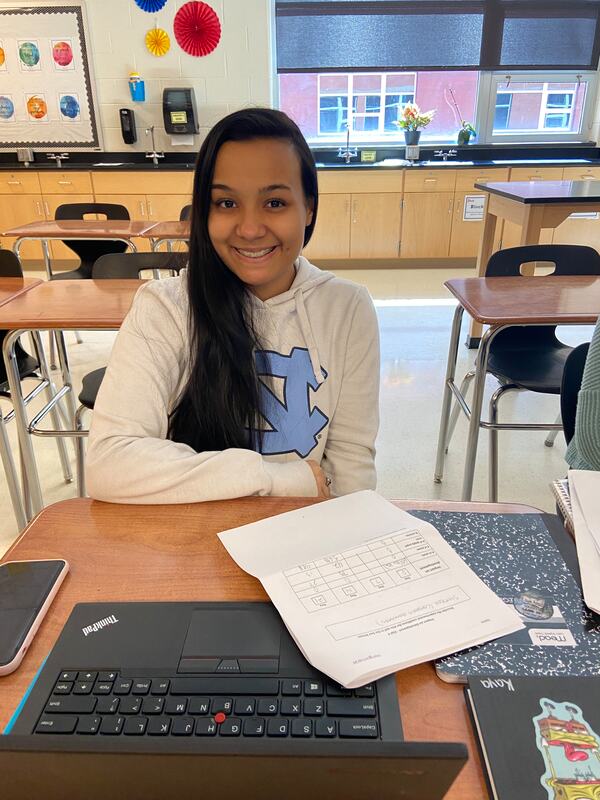
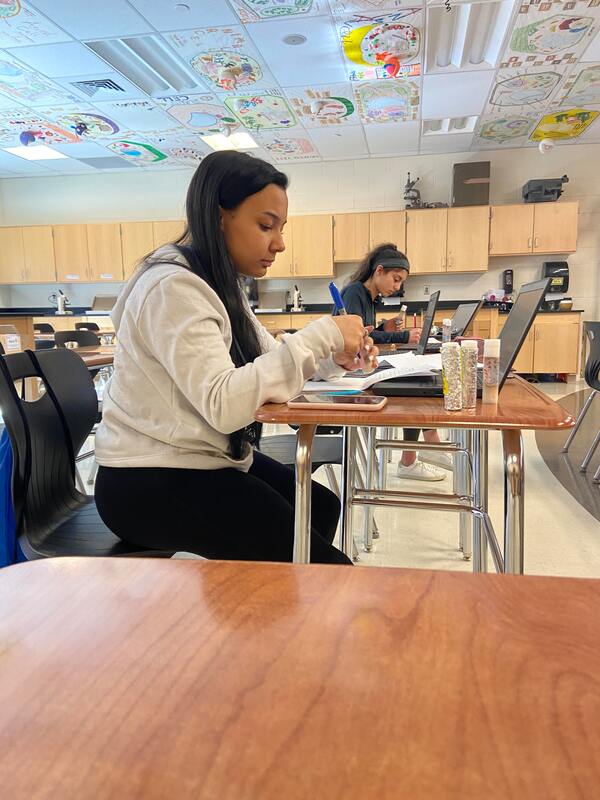
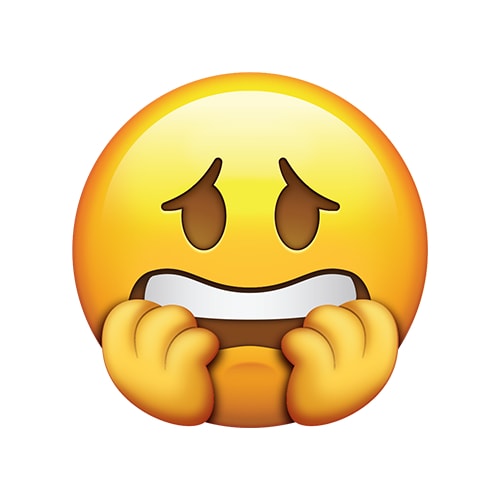
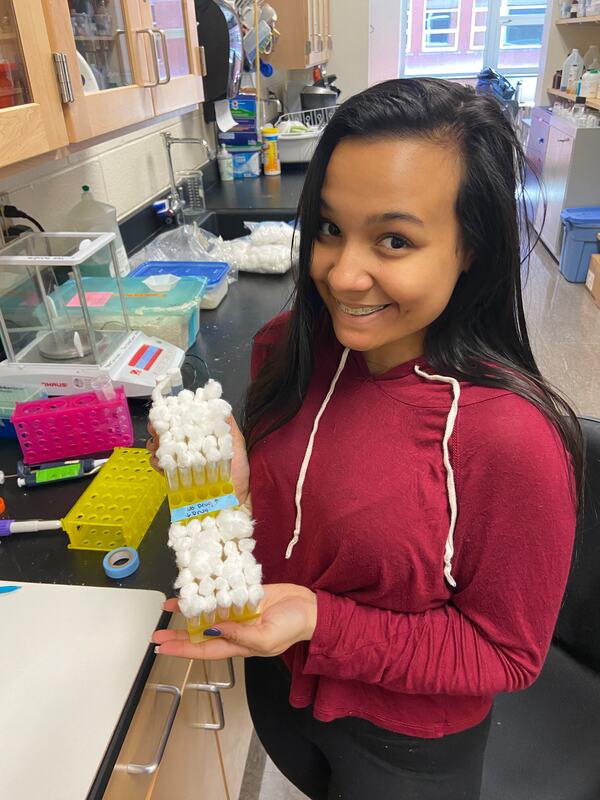
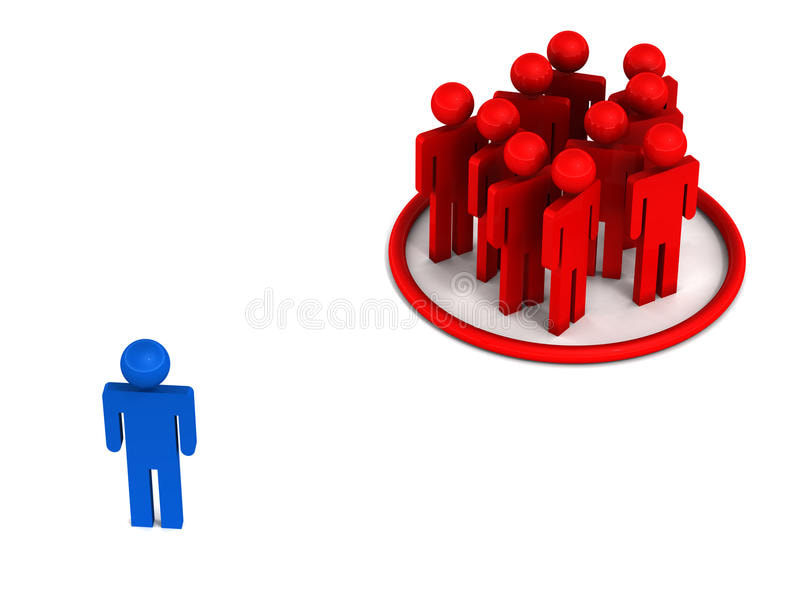
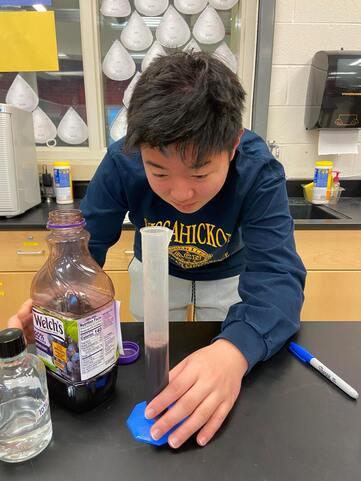
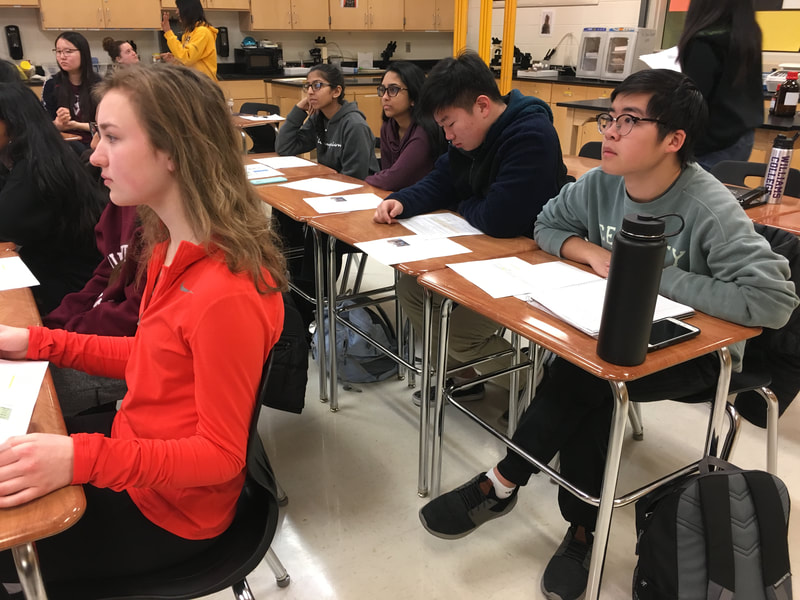
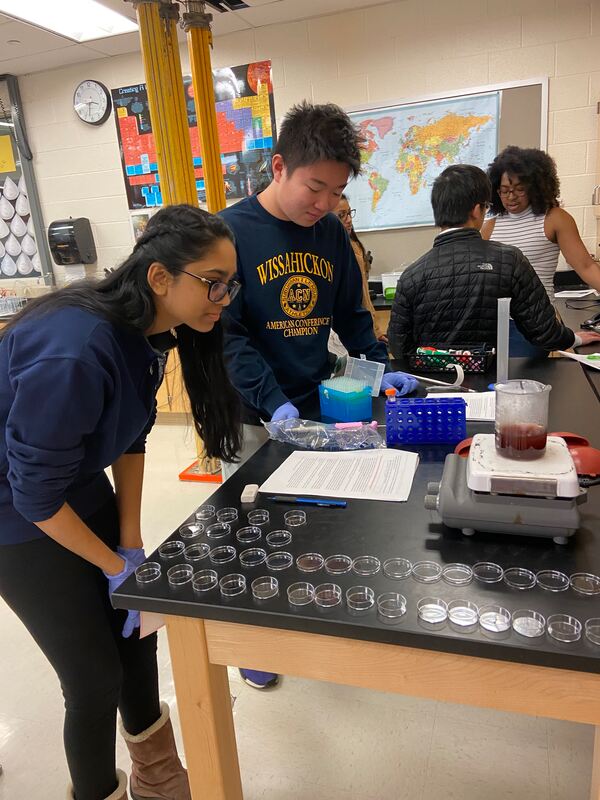
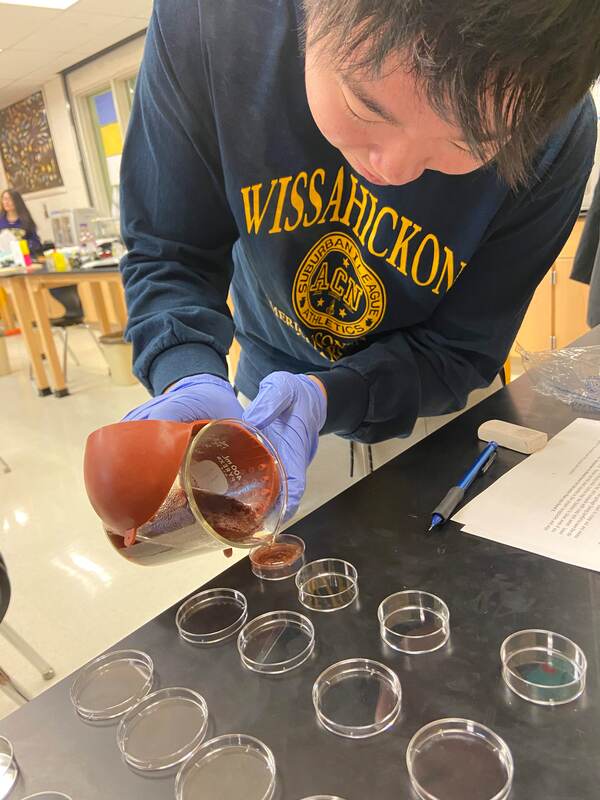
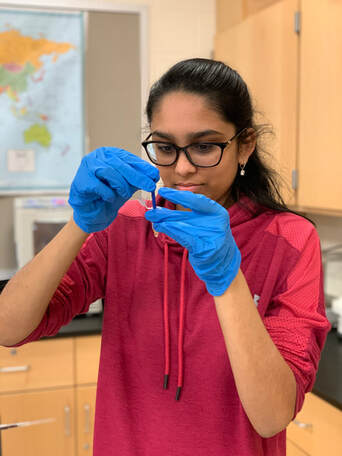
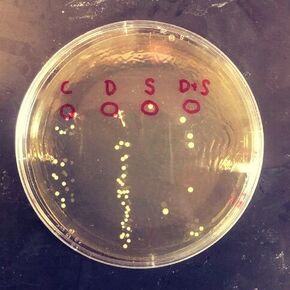
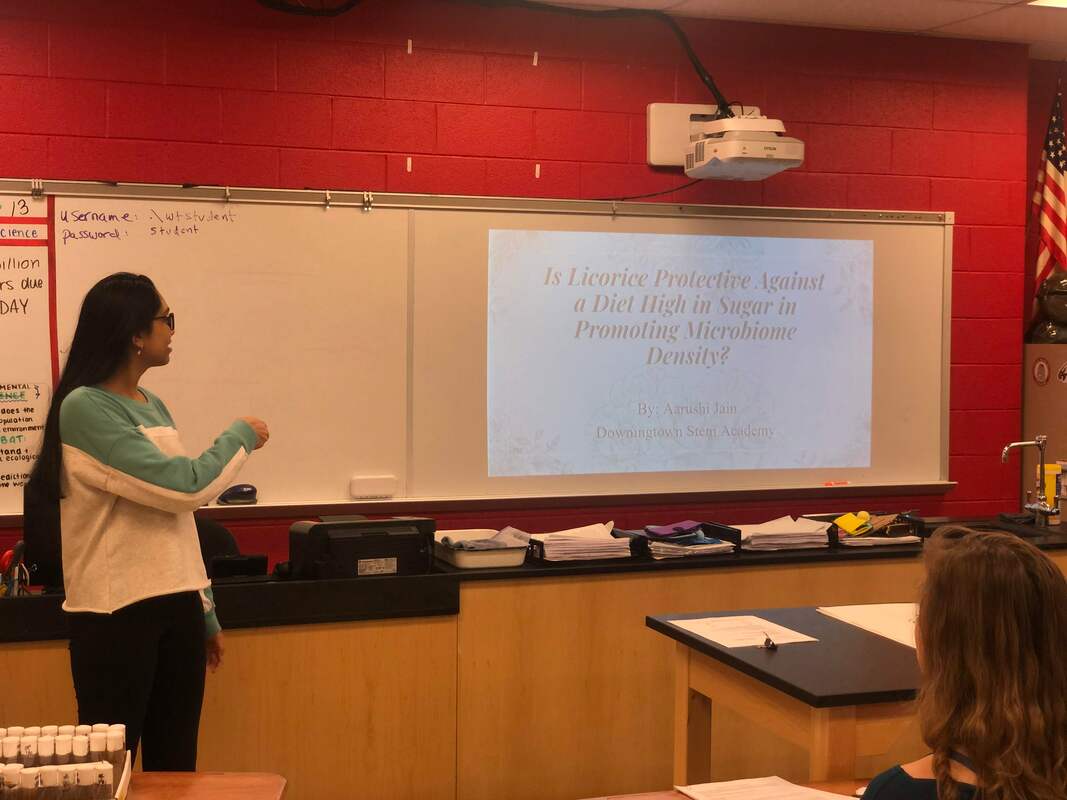
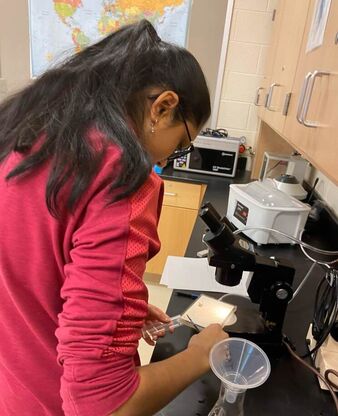
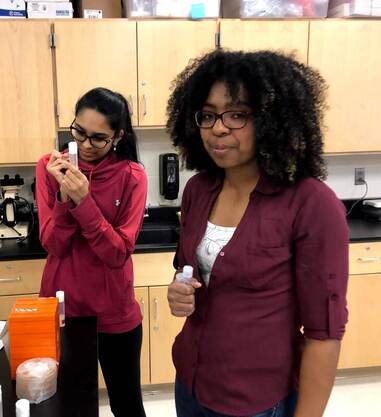
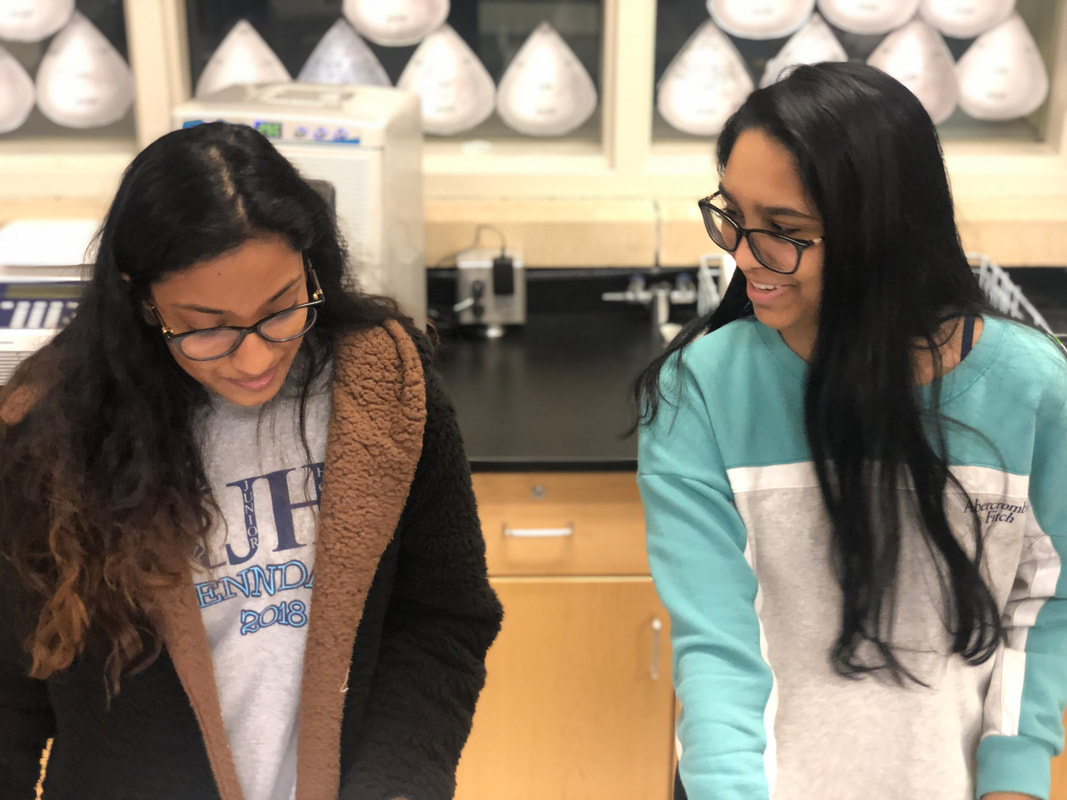
 RSS Feed
RSS Feed